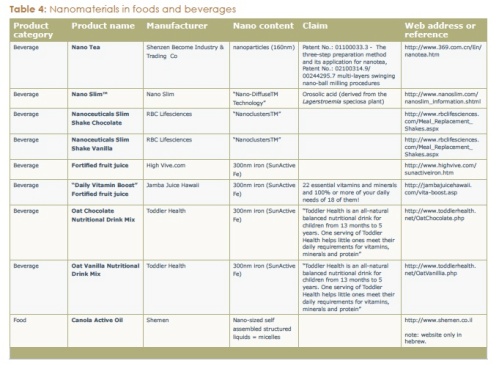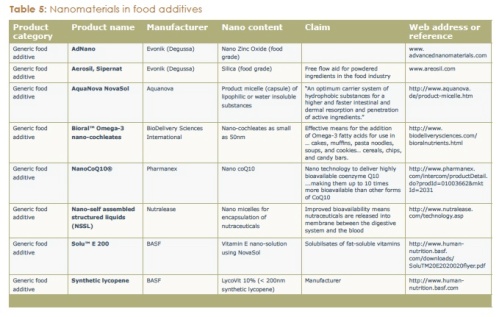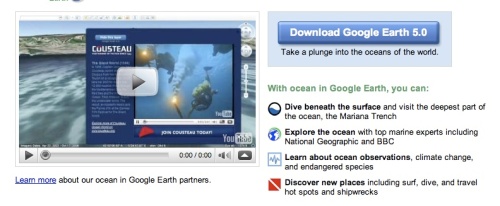About to start writing copy for my new blog, Grocery Chick, I figured what better way to learn than from the masters, in this case the top fifteen women bloggers – according to Technorati authority rankings:
The Huffington Post, of course! Arianna Huffington is my heroin, and not a day goes by without me paying a visit. Now a huge media enterprise, the Post still feels very much like a woman’s work. Love how Arianna paired up with the best in social media and business, to create a top notch Internet news source.
Dooce, Heather Armstrong’s deliciously irreverent brainchild. The woman is gooood, as in awesome writing. Plus, she’s got no hang ups, and shares it all. From the most intricate details about her latest ultrasound visit for her not yet born baby girl, to the ups and downs of her relationship with dear husband Jon, to the careful documentation of her days with five year old daughter Lela. Dooce is a ‘reality’ blog with some flair. Of course, it does not hurt that the whole family is blessed with insanely good looks.
In the same genre as Dooce, Ree Drummond, The Pioneer Woman engages with her generous sharing of adorable family pics, tempting food photos, marital tales, and dreams of the Far West way of life. Baring it all clearly pays off. Never mind that the reality shared is too perfectly imperfect – or imperfectly perfect? . . .
Reluctantly, I had to include Michelle Malkin in this list. Michelle’s got a captive audience with all her friends from Fox News.
Moving on, time to meet Shannon at Rocks in My Dryer. Another really good writer, who oozes mommy goodness. Moms love to hear about other moms’ stories, and Shannon sure knows how to deliver.
If Martha Stewart had a blog, her name would be Gabrielle Blair, from Design Mom. Clean looks, design and motherhood have never gone so well together. She’s got her niche covered.
Over at Tip Junkie, Laurie Turk has created a place for all the ‘homemakers’, the still huge crowd of women into crafts and things.
Love the naked simplicity of Simple Mom, Tsh’s blog.
Bitch Ph.D‘s probably my favorite woman’s blog, along with Dooce – no offense Arianna, I put you in a separate category – A collection of anonymous feminist – in a good way – voices, Bitch Ph.D shines by its authenticity. These women are not in it for the fame. They are just sharing their whole utterly – not perfectly – imperfect selves. How refreshing! I can’t get enough. Plus, you’ve got to like the name of that blog . . .
Don’t Try This is an ordinary mom’s blog, with the added appeal of daily giveaways. Apparently moms line up for the stuff.
In the food department, come Smitten Kitchen and Delicious Days. Great food shots, and recipe writing, with lots of personal references. And in each case, a woman, assisted by her man for all the plugins and other technical goodies that make a blog super nice. Men like these are priceless . . . Heidi Swanson, with 101 Cookbooks blog manages on her own. Very well.
A‘s got to be the shortest blog name ever. A’s for designer Ali Edwards, world’s scrapbooking expert. Scrapbooking is big!!!!
Yarn Harlot is for the knitting nuts. Women, young and old love to knit, it’s well known. Create the best knitting bog, like Canadian Stephanie Pearl-McPherson, and you are guaranteed blogging stardom.
Fifteen blogs, that taught me a few tricks.
- Write about what you feel most passionate about. Cliche, but heck, very true.
- If that’s about a topic lots of other women are into, even better.
- Hot topics: cooking, home, kids, knitting, scrapbooking, crafts . . . not much has changed since my grandmother’s days.
- Share your life freely. Shit and all. Chicks, your primary audience love drama.
- Dreams sell. Show off your perfect body, perfect home, perfect family. If you’ve got them. If not, make up stuff.
- At home moms love to read blogs – don’t you forget it.
- Moms can’t get enough of cute kids pictures, and stories, and videos. Ad nauseum.
- If you’re going to venture into serious business – like Arianna and Michelle, bring in your personality – assuming you’ve got one . . .
That’s eight tricks altogether. I just caught myself thinking, come on you can come up with ten. Quickly, though, my better self stepped in. What’s up with ten? Be real, girl.












